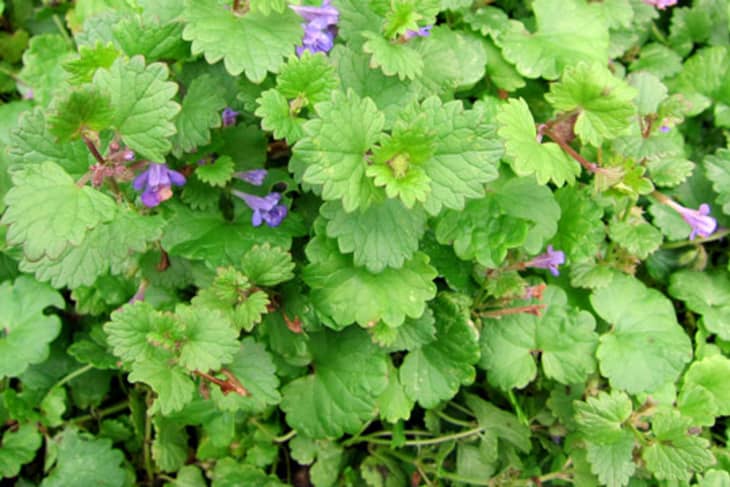Edible Weeds: Ground Ivy
Gill-over-the-ground, Creeping Charlie, Catsfoot, Run-away-robin, Hedge maids, Alehoof, Tunhoof … these are just a few of the names given to ground ivy, a member of the mint family found in moist shady areas, along hedgerows and buildings, and creeping through gardens and lawns. Though often considered a weed, the plant’s aromatic leaves have played an important role in culinary history.
How Does Ground Ivy Looks Like?
Brought to North America by European settlers, ground ivy (Glechoma hederacea) has scalloped leaves about the size of a cat’s paw (hence the nickname Catsfoot) and funnel-shaped blue or purple flowers.
What Does It Tastes Like?
As a quickly spreading ground cover, the plant frequently provokes ire but if you’re pulling it out of your yard, or perhaps foraging for edibles in the woods, it’s worth noting ground ivy’s culinary uses. The flavor is pungent and minty with the younger and smaller leaves being more palatable.
Uses of Ground Ivy
Prior to the introduction of hops to England in the 16th century, ground ivy was used to flavor, clarify, and preserve beer. Historically, ground ivy was also used in Europe and North America as a cure-all for everything from inflammation to congestion and tinnitus. Today people still use it in teas, soups, and salads. Due to its strong flavor, we wouldn’t use too much ground ivy in a salad, but a few leaves provide a nice earthy, peppery punch. Have you ever eaten or brewed with ground ivy?
Learn more:
• Glechoma hederacea (USDA Plants Profile)
• Glechoma hederacea (Plants For A Future)
Recipes:
• Ground Ivy Tempura (Eat Weeds)
• Millefeuille of Courgette and Goat’s Cheese with Ground-Ivy Leaves (Brussels Life)
Related:
Seasonal Spotlight: Miner’s Lettuce
(Image: Emily Ho)
